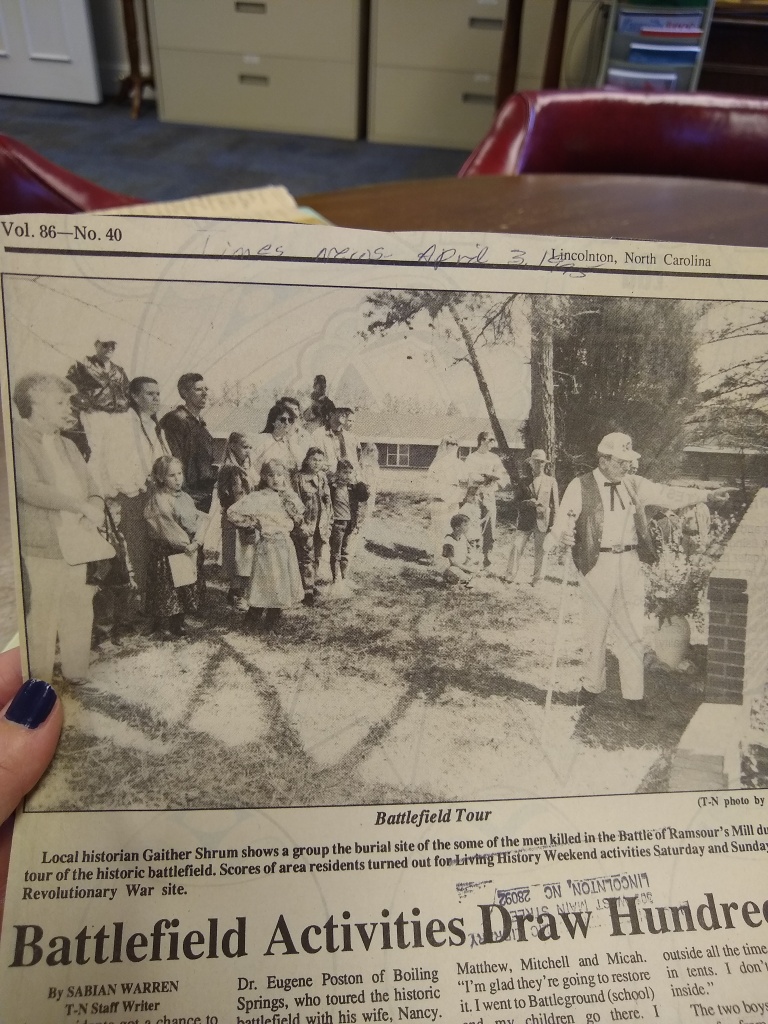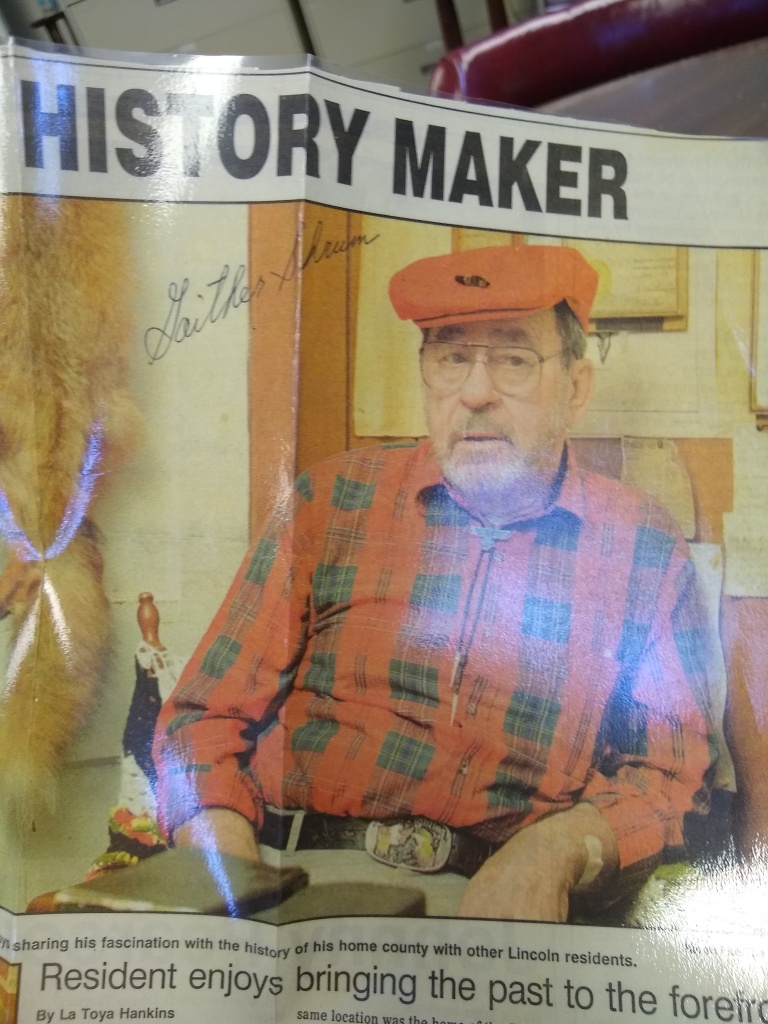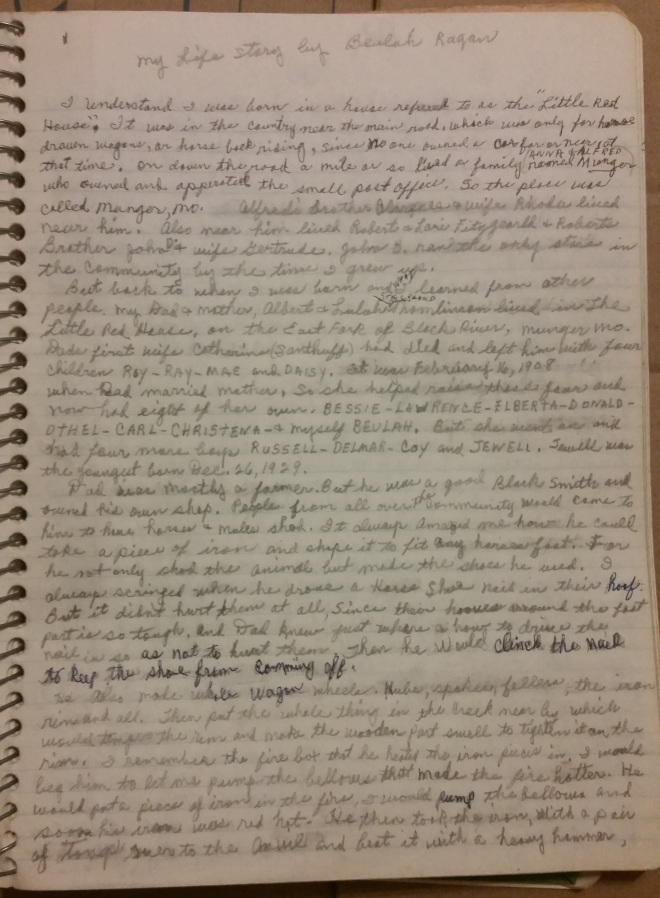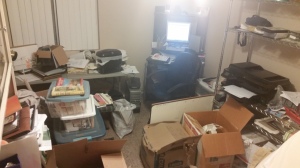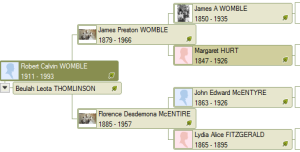
When I moved to North Carolina, it was primarily for the purpose of boots on the ground research in the state that I had learned many of my ancestors were from and I had yet to learn that Lincoln County was going to be a hot spot of research. Online research can only carry a researcher so far before the trail runs cold. I searched online for a Lincoln County genealogy society where I could sit in on a meeting, perhaps join the society, but I quickly found out that Lincoln County does not have a society. My search brought me to a Lincoln County history Web page that was out of date and had very little to offer other than noting the local war re-enactments. This was so discouraging.
With no real plans other than to check out the Lincoln County library for resources, I set out one Friday morning on my hour and a half drive with family tree in hand to see what I could see. The library is a good size with plenty of parking in a quiet area of the little town of Lincolnton. It was a nice surprise to find out the library has a genealogy room the size of a small bedroom with a dedicated librarian to assist researchers. What I learned during my visit is what I suspect is happening all across the nation. There once was a society but, if there are any members still living, they no longer get together. The local historian has passed away. The person running the local war re-enactments has stepped down. Local government, which funds the public library (and the genealogy room), is budgeting funds in other areas.
I thoroughly enjoyed my visit with Jamie, the Lincoln County genealogy librarian. She was so helpful in my personal research by sharing what she knew about the area and even pointing out on Google maps the very property that my ancestors lived on. She just knew. That’s why the local genealogy library is so important. Being able to sit for an hour or more and talk research with someone who lives there and researches there too was wonderful. However, Jamie is discouraged with the inattention and lack of support for sharing the rich resources she manages. She no longer asks visitors to sign the visitor log. No one but Jamie is paying attention. Jamie has plans that all research can appreciate but is limited by the lack of a platform on which to share her work. She is organizing loose papers in family files, digitizing many of those items, and looking for more items to digitize – all for us online researchers that cannot make the trip to Lincoln County.
Here is the real problem: no one in charge of the Lincoln County library has given Jamie the means to share these digital records. All of the records she digitizes sit on a hard drive. No one but Jamie can see them. Jamie’s requests to place these records online are being ignored. How many libraries around the country are just like this one? Lots of printed resources, clippings from the local paper, obituaries, parade photos, family histories faded from years of sitting in a grey metal file cabinet, or worse, pages stuck together from lack of archival care – with no society or historian to organize, preserve or digitize any of these resource materials.
So, for now, if you would like Jamie to look something up for you, she will. She will scan her findings and email them to you. And, she will store those findings on the hard drive for the next person that contacts her. That’s just it, you have to contact her. This is old school research, sort of.
I leave you with a few photos that I took of clippings in Jamie’s files of the local Lincoln County historian, Gaither Shrum, who passed away in 1995.



